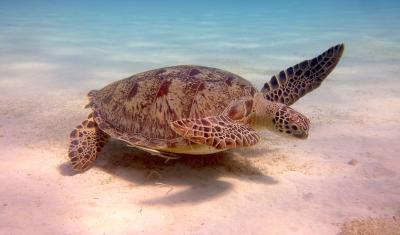Conservation de la faune 2023 - Nouvelle perspective pour un avenir durable
-
Wildlife Conservation, Sustainable, Ecosystems - |
-
Read time
11minutes
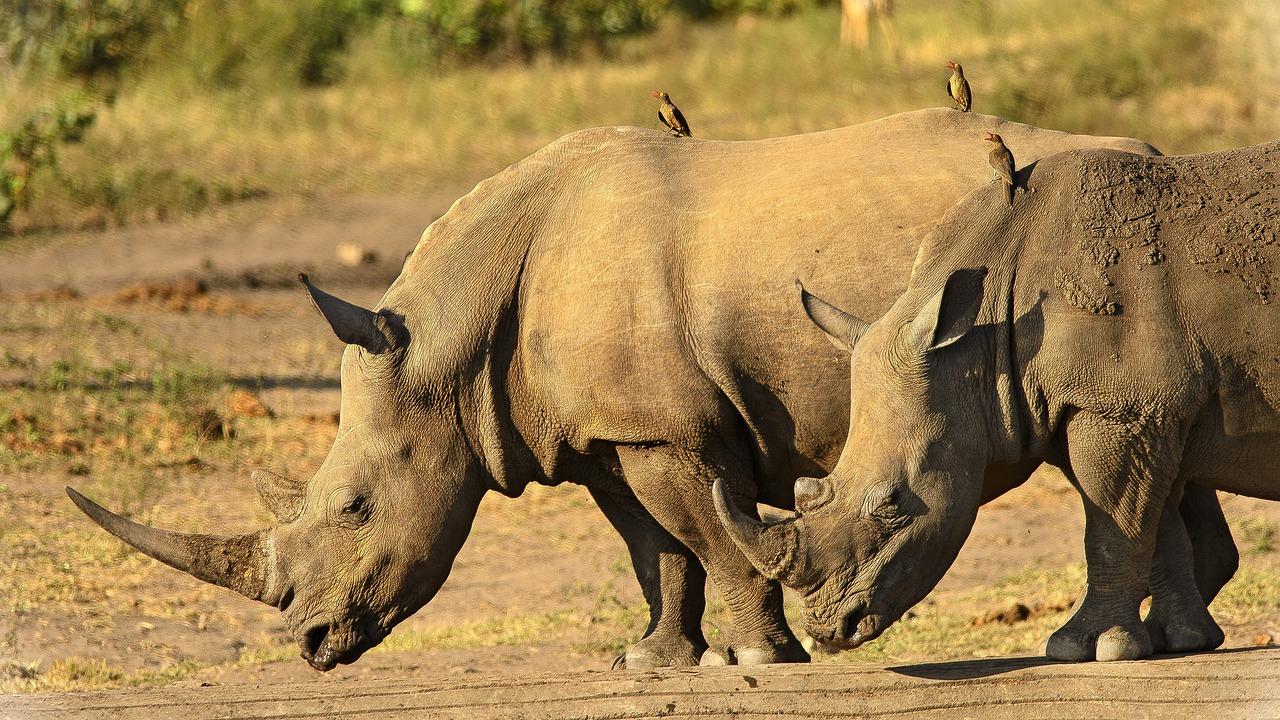
La protection de la faune est une condition préalable au rétablissement de l'équilibre délicat des écosystèmes de notre planète dans le monde connecté d'aujourd'hui. Il faut comprendre la pertinence de la protection de la faune aujourd'hui par rapport aux activités humaines qui continuent d'influencer la biodiversité. L'importance de la conservation de la faune est examinée dans cet article ainsi que les conditions et les statistiques récentes sur
- Biodiversités et stabilité des écosystèmes
- Avantages économiques de la conservation de la faune
- Services écosystémiques et bien-être humain
- Menaces pratiques et bureaucratiques aux efforts de conservation de la faune
- Qu'est-ce qui est déjà fait pour la conservation de la faune ?
- Atténuation et adaptation au changement climatique
- Considérations culturelles et éthiques
- Que pouvons-nous faire maintenant pour la conservation de la faune ?
Nous soulignerons le besoin pressant de protéger la biodiversité de notre planète en examinant des données convaincantes et des exemples de cas.
Biodiversités et stabilité des écosystèmes
Des biodiversités riches sont le fondement d'écosystèmes sains. Ils comprennent un large éventail de formes de vie (plantes, animaux et micro-organismes) et des relations complexes entre elles. En protégeant les espèces individuelles, nous protégeons l'ensemble du réseau complexe de la vie qui sous-tend la résilience et la vitalité de notre monde naturel. Chaque espèce contribue à la stabilité et à l'efficacité de l'écosystème.
Selon les estimations de la recherche, la biocatastrophe du droit non est que nous éradiquons des espèces à un rythme 1 000 fois supérieur au taux d'extinction de fond. Principaux écosystèmes menacés

1. Déforestation en Amazonie :
According to data from Brazil's National Institute for Space Research (INPE), the Brazilian Amazon lost approximately 10,476 square kilometers (4,039 square miles) of forest cover in 2020 which was a 9.5% increase compared to the previous year and this stat has only worsened in the following years. The deforestation rate has been fluctuating, but it has remained at high levels overall. Clearing of land for agriculture, illegal logging, and infrastructure development has resulted in the loss of valuable habitat for numerous plant and animal species, including iconic ones like jaguars, macaws, and various monkey species.
2. Coral Reef Bleaching:
Coral reefs around the world have been severely affected by rising ocean temperatures, leading to bleaching events. When corals experience excessive stress due to changes in temperature or water quality, they expel the colorful algae living in their tissues, which causes them to turn white and more vulnerable to disease. This phenomenon has been observed in various regions, including the Great Barrier Reef in Australia, Seychelles, Maldives, and the coral reefs of the Caribbean.
3. Decline of Bee Populations:
Bees and other pollinators play a crucial role in plant reproduction and the maintenance of ecosystem health. A study published in the journal of Ecological Economics estimated that the economic value of pollinators was around $235 to $577 billion per year, representing 9.5% of the total value of world agricultural food production. In light of this it is unfortunate that bee populations have significantly declined globally due habitat loss, pesticide use, and climate change. This decline can result in increased costs for farmers who may need to employ alternative pollination methods or face reduced crop yields, potentially impacting agricultural economies.
4. Illegal Wildlife Trade:
The illegal trade in wildlife continues to be a major threat to various species. In February 2021, customs officials in Hong Kong seized approximately 8.3 tons of smuggled elephant tusks, the largest such seizure in the past decade. Poaching for Pangolian scales and Rhino horns are still on the rise, driven by demand in certain markets. This illegal trade threatens the survival of these iconic species and disrupts ecosystems where they play critical roles.
5. Extinction of Species:
Numerous species have been marked extinct or are critically endangered as of 2023 due to human activities. Examples include the Northern White Rhino, Spix's Macaw, and the Yangtze River Dolphin (Baiji). These extinctions highlight the urgent need for conservation efforts to protect vulnerable species from further decline.
The main causes of this loss include habitat destruction, pollution, climate change, and invasive species.
Economic Benefits of Wildlife Conservation
Wildlife conservation not only protects biodiversity but also contributes significantly to local and global economies. Nature-based tourism, which relies on intact ecosystems and wildlife viewing opportunities, generates billions of dollars each year. Protected areas, such as national parks and wildlife reserves, attract visitors from around the world, creating jobs and stimulating local economies.
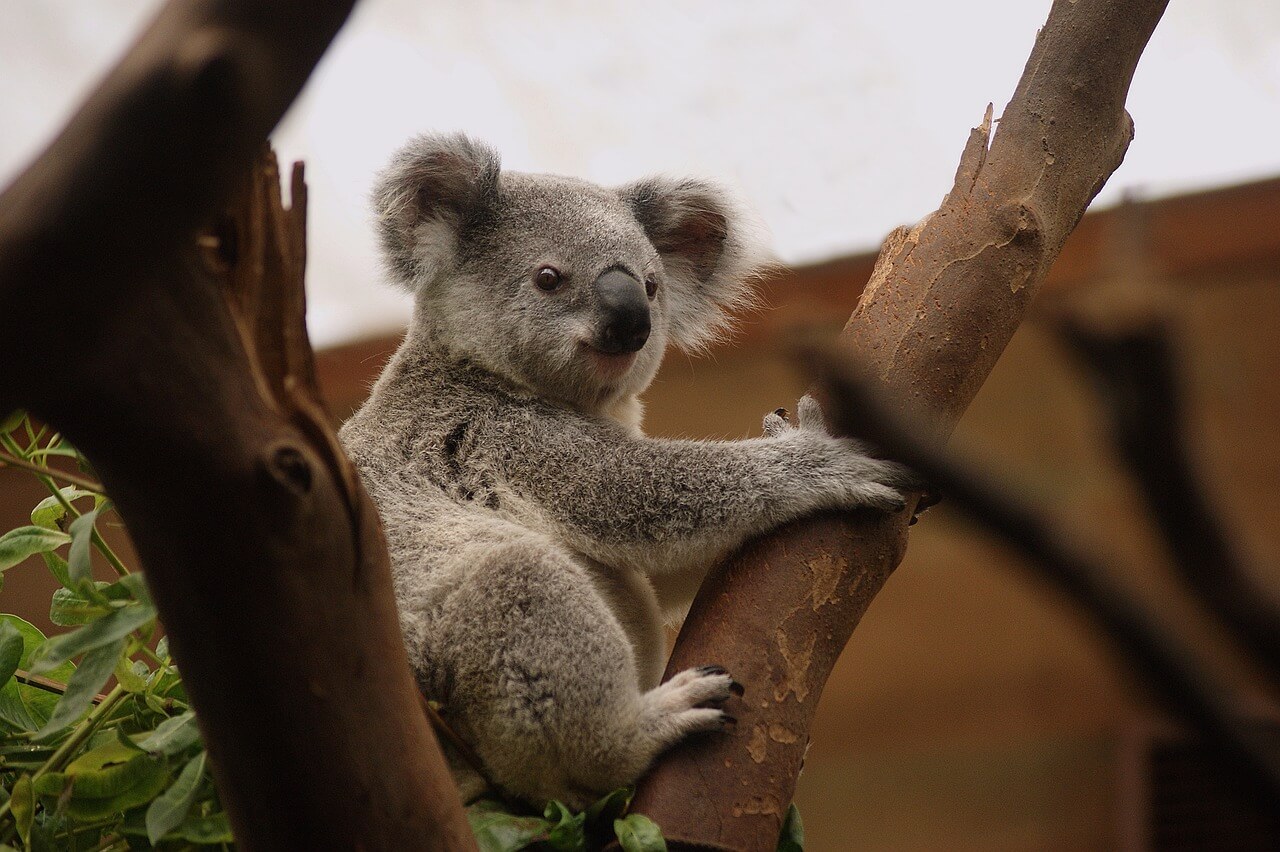
According to the World Travel and Tourism Council (WTTC), nature tourism accounted for around 20% of total global tourism spending in 2019. Revenue is generated through various linked sources like accommodation, transportation, guided tours, and visitor services. Employment opportunities are also created particularly in rural and remote areas rich in natural attractions.
For instance, nations like Kenya, Tanzania, and Costa Rica have made a name for themselves as well-liked locations for wildlife tourism. According to 2019 statistics of World Travel and Tourism Council (WTTC)
- Nature-based tourism has been a significant contributor to Kenya's economy. The travel and tourism sector accounted for approximately 9.7% of Kenya's GDP. Nature tourism, including wildlife safaris and visits to national parks, is a key component of the tourism industry in this country.
- 17% of Tanzania's GDP owes its growth to travel and tourism. Nature tourism held substantial contribution in the sector.
- Nature Tourism is a major economic driver in Costa Rica and accounted for big part of approximately 8.2% of Costa Rica's GDP due to the travel and tourism sector.
These nations have taken advantage of their abundant biodiversity and established eco-friendly tourism strategies that benefit both local populations and attempt to save wildlife. They have served as examples of how wildlife tourism revenue can be put back into conservation initiatives, assisting in the preservation of habitats, the eradication of poaching, and the maintenance of local economies.
Local communities can benefit from ecotourism, sustainable agriculture, and other nature-based enterprises while at the same time wildlife conservation can also foster research and innovation, leading to discoveries and potential economic benefits.
Ecosystem Services and Human Well-being
Beyond its ecological and economic importance, wildlife conservation carries an emotional and ethical weight as well. Many iconic animal species hold cultural significance and are deeply intertwined with our identities and traditions. For example, the loss of widely popular and loved animals like tigers, pandas, or polar bears would be a devastating blow to our shared natural heritage. Additionally, the well-being of animals is inherently linked to our own. Studies have shown that interacting with nature and wildlife has positive effects on human mental health, reducing stress, anxiety, and depression to a great extent. By preserving wildlife, we provide future generations with the opportunity to experience the wonder and beauty of our natural world.
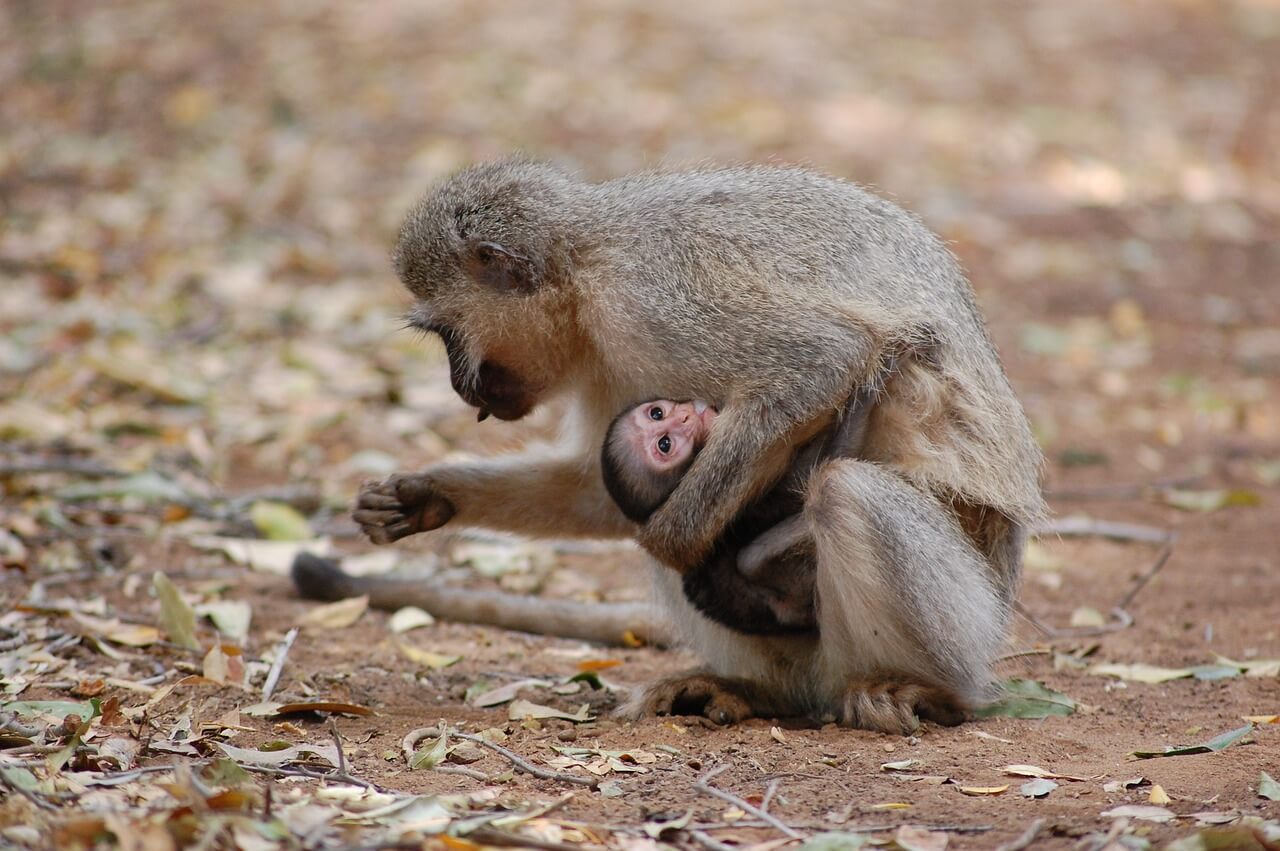
Other ecosystem services are the benefits that humans derive from wildlife and nature. They include regulating services (climate regulation, water purification, and flood control), cultural services (recreational and spiritual benefits), and supporting services (soil formation and nutrient cycling).
The protection of wildlife is essential for maintaining these ecosystem services. Ecosystems with a wide range of species are more resistant to disruptions and better able to deliver important services. As an illustration, woods serve as carbon sinks, soaking up greenhouse gases and reducing climate change. Wetlands aid in controlling water flow and removing pollutants to ensure clean water for both people and wildlife. For crop productivity and the preservation of food security, pollinators like bees and butterflies are crucial.
Practical and Bureaucratic Threats to Wildlife and Conservation Efforts
Numerous additional challenges persist in wildlife conservation that are more practical and beaurocratic in nature.
- Insufficient funding and resources often hinder conservation projects, limiting their scope and impact.
- A lack of political will and enforcement can undermine conservation efforts, allowing illegal activities to continue unchecked.
- Growing human population and associated demands for resources further encroach on wildlife habitats.
- Lacking public awareness and education about the importance of wildlife conservation.
- Uninformed or disinterested local communities and indigenous peoples as key stakeholders for sustainable conservation.
- Irresponsible tourism practices that barely prioritizes wildlife welfare and only treat it as a source of tourist entertainment.

In the face of such threats, it becomes important to integrate conservation into broader land-use planning and tourism policies. This includes promoting sustainable agriculture practices, protecting critical habitats, and creating wildlife corridors to connect fragmented ecosystems. Collaborative efforts between governments, NGOs, and local communities can help establish protected areas, strengthen legislation, and implement effective conservation strategies.
What is already being done for Wildlife Conservation
Apart from localized efforts, bigger global initiatives and organizations also contribute in wildlife conservation. The Convention on International Trade in Endangered Species of Wild Fauna and Flora (CITES) regulates the international trade of endangered species and their parts, aiming to prevent illegal trafficking.
International collaborations like the World Wildlife Fund (WWF), the International Union for Conservation of Nature (IUCN), and the United Nations Environment Programme (UNEP) work to raise awareness, conduct research, and implement conservation projects on a larger scale.
Technology also plays a significant role in wildlife conservation. Conservationists and researchers utilize satellite tracking, drones, and camera traps to monitor and study wildlife populations. Genetic analysis helps identify and protect vulnerable populations, while artificial intelligence and machine learning enable the processing of vast amounts of data for more effective conservation strategies.
Climate Change Mitigation and Adaptation
As the planet faces the challenges of climate change, wildlife conservation plays a vital role in mitigation and adaptation strategies. Forests, wetlands, and other wildlife habitats act as carbon sinks, absorbing and storing greenhouse gases, including carbon dioxide. They help regulate local and global climate patterns, reducing the impacts of climate change on both humans and wildlife.
Deforestation and habitat degradation contribute to increased carbon emissions and the loss of natural climate regulation mechanisms. Protecting and restoring forests and other ecosystems can help mitigate climate change by sequestering carbon, preventing soil erosion, and preserving biodiversity.
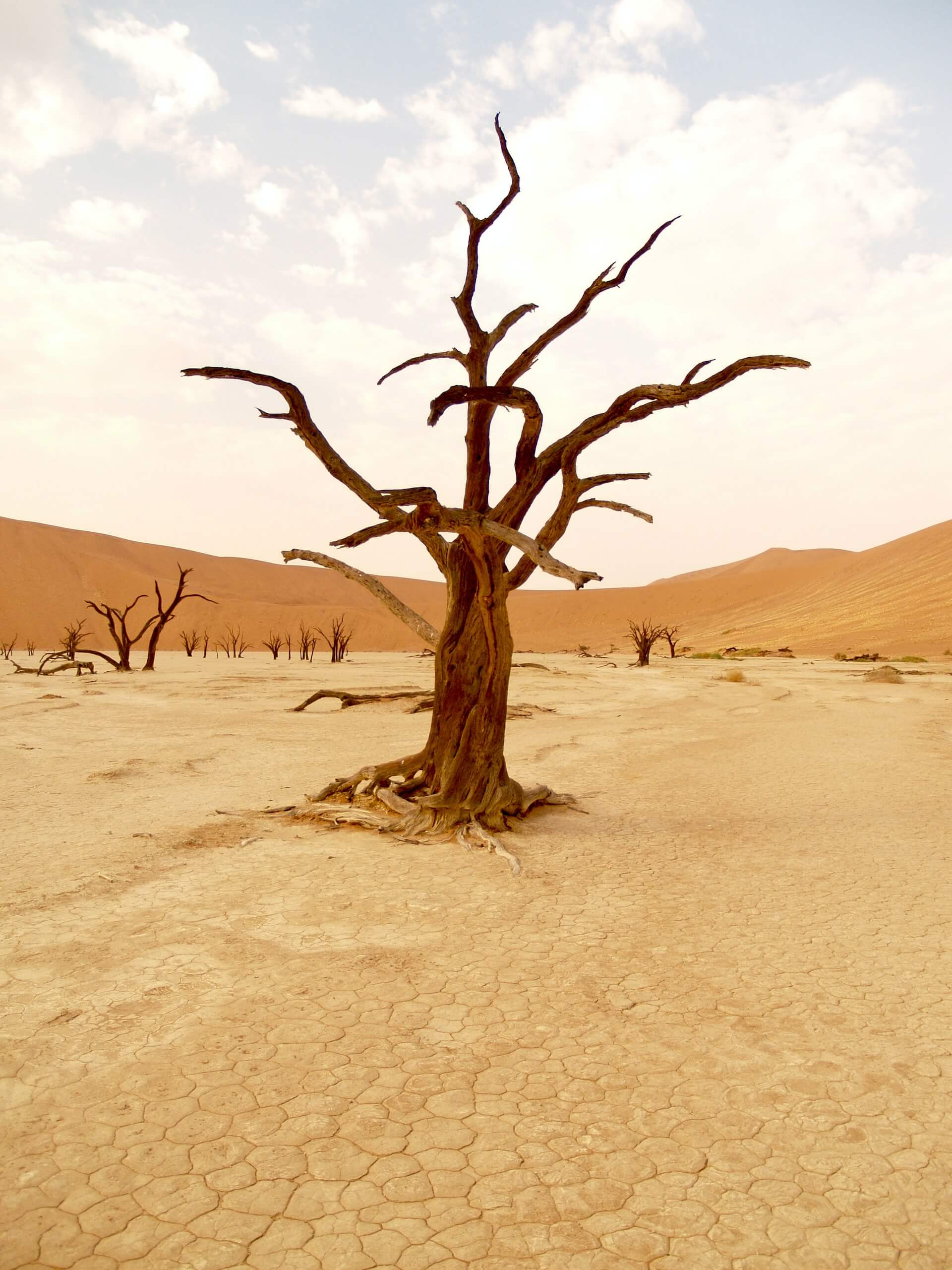
Ecosystems that are still intact are more resistant to the effects of climate change, such as intense weather and sea level rise. By protecting species and their natural habitats, we improve ecosystems' capacity to adjust to and respond to shifting environmental factors. This adaptability is critical for maintaining crucial ecosystem functions and guaranteeing species survival in the face of climate change.
Cultural and Ethical Considerations
Wildlife holds cultural and ethical value for communities around the world. Animals require ethical attention and humane care since they are sentient beings capable of feeling pain, joy, and a variety of other emotions. The intrinsic value of each individual animal and the significance of maintaining their welfare are recognised by the ethical framework for wildlife conservation.
Ethics-driven conservation activities prioritise non-destructive and non-invasive techniques whenever possible. This entails avoiding injury, honouring natural behaviours, and minimising disturbances to wildlife. Decisions about captive breeding, reintroduction plans, and wildlife management techniques are all subject to ethical considerations. It entails striking a balance between the conservation objectives and the autonomy and welfare of particular creatures.

Humane and ethical research and monitoring practises are encouraged by ethical wildlife conservation. It highlights the significance of reducing anxiety, discomfort, and suffering while doing scientific research. When appropriate, this involves using non-intrusive approaches like remote sensing or safe sampling techniques.
Ethical reasons demand that wildlife not be exploited or turned into a commodity. It opposes actions like unethical wildlife tourism and raising wild animals as pets that put human profit before animal welfare. Instead, it promotes ethical and sustainable methods of interaction with wildlife that put emphasis on safeguarding their wellbeing, habitat preservation, and outreach.
A holistic strategy for animal conservation integrates cultural and ethical factors with scientific research and conservation activities. Understanding and upholding the cultural and ethical aspects of animal conservation can increase community involvement, bolster conservation efforts, and advance sustainability over the long term.
We may encourage a stronger sense of stewardship and duty towards wildlife by incorporating cultural values and ethical concepts into conservation methods. This inclusive approach fosters social justice, intercultural understanding, and a greater understanding of how all life on Earth is interconnected in addition to helping to conserve biodiversity.
What can we do now for Wildlife Conservation?
Personal Actions for Wildlife Conservation
Choosing certified sustainable seafood, avoiding products made from endangered species, and opting for responsibly sourced timber and palm oil can make a difference.
By making conscious choices, consumers can influence market trends and drive demand for sustainable practices.
Engaging in citizen science projects allows individuals to contribute to scientific research and conservation efforts.
Participating in initiatives like bird or butterfly counts, reporting wildlife sightings, or collecting data on invasive species helps scientists gather valuable information about species distributions and population trends. This data contributes to conservation planning and management decisions.
Public Awareness and Education
Engaging communities, schools, and individuals in environmental education programs helps instill a sense of responsibility and stewardship towards wildlife and nature. It can inspire future conservationists, scientists, and policymakers.
By integrating conservation principles into curricula and organizing awareness campaigns, we can raise a generation that appreciates and values wildlife.
Public awareness campaigns have proven effective in changing behaviors and supporting conservation efforts.
For example, campaigns against the use of shark fin soup in Asian countries have significantly reduced demand, leading to a decline in shark finning.
Similarly, initiatives promoting responsible whale watching have helped protect whale populations and their habitats.
Global Collaboration and Policy Frameworks
Wildlife conservation requires global collaboration and strong policy frameworks. International conventions, agreements, and organizations play a crucial role in protecting wildlife and their habitats. The Convention on International Trade in Endangered Species of Wild Fauna and Flora (CITES) regulates the international trade of endangered species and their products. The United Nations Convention on Biological Diversity (CBD) sets targets and guidelines for biodiversity conservation at the global level.
Multilateral efforts are crucial in combating wildlife crime, promoting sustainable practices, and conserving endangered species. For example, the Coalition Against Wildlife Trafficking (CAWT) brings together governments, NGOs, and law enforcement agencies to combat the illegal wildlife trade. The Global Tiger Initiative aims to double wild tiger populations by 2022 through coordinated conservation actions across tiger range countries.
National and local governments also play a vital role in establishing policies and regulations that support wildlife conservation. Protected areas, such as national parks and wildlife reserves, are crucial for preserving biodiversity and providing safe havens for wildlife. The involvement of local communities in decision-making processes is essential for successful conservation outcomes, as they often have valuable traditional knowledge and direct dependence on natural resources.
Conclusion
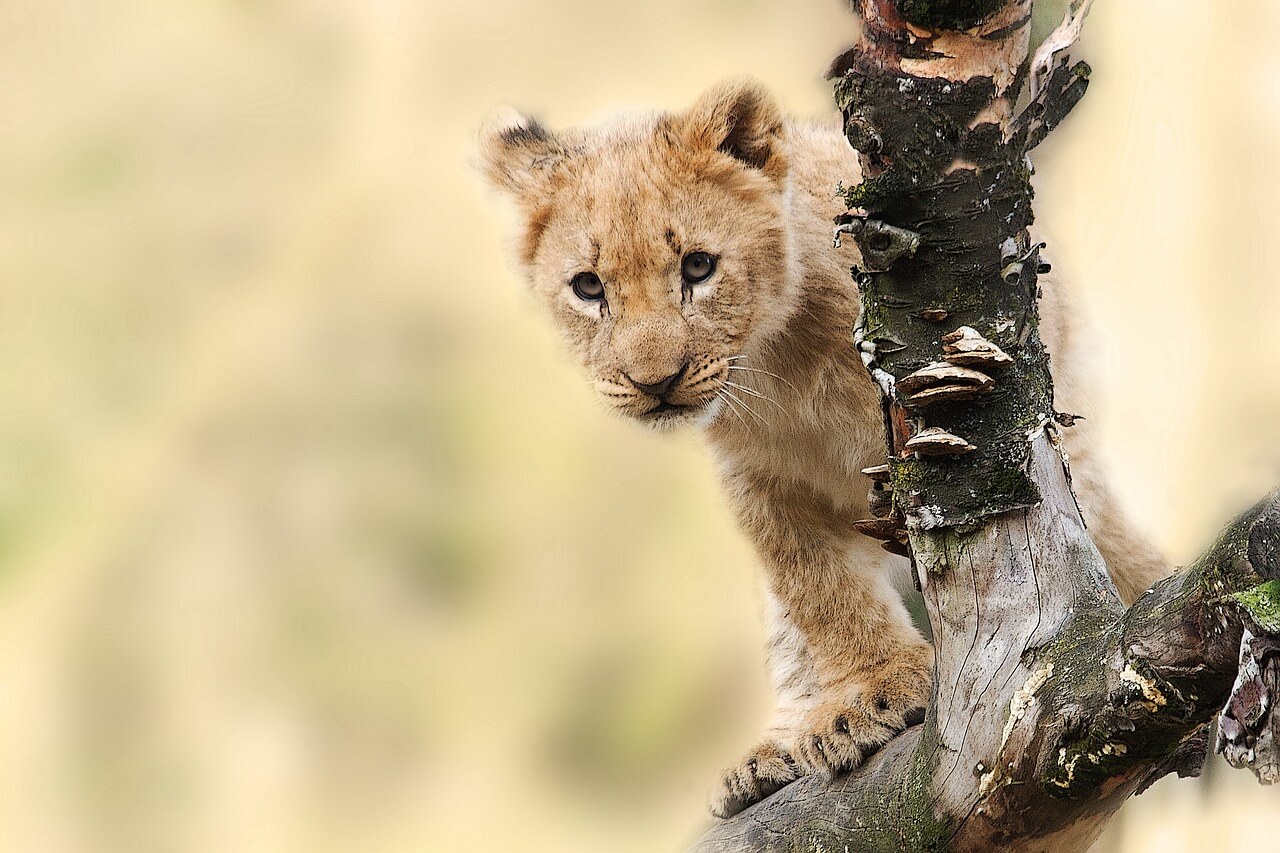
The importance of wildlife conservation cannot be overstated. It is not just about protecting individual species or habitats; it is about ensuring the long-term survival and well-being of our planet and future generations. Wildlife conservation is crucial for maintaining biodiversity, preserving ecosystem services, promoting economic prosperity, addressing climate change, respecting cultural heritage, and protecting ethical values.
To achieve a sustainable future where wildlife thrives, it is our collective responsibility to embrace sustainable practices, support conservation initiatives, and advocate for policies that prioritize wildlife protection. Each individual can make a difference through personal actions and by fostering awareness and understanding within their communities.
Let us embrace the importance of wildlife conservation and join hands in safeguarding the incredible diversity of life on Earth for generations to come. By working together, we can create a sustainable future where wildlife and ecosystems flourish, and humanity coexists harmoniously with nature.
Software designer, founder, and amateur astronaut.
I’m Spencer, a software designer and entrepreneur based in New York City. I’m the founder and CEO of Planetaria, where we develop technologies that empower regular people to explore space on their own terms.


